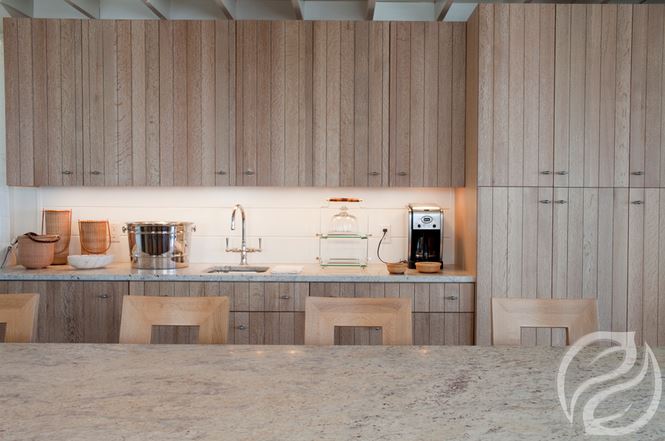
“It’s less fussy,” they say. “Maybe some of those ‘flat panel’ doors,” is heard. “I want it to look modern – not like our house in the burbs,” says another.
Consumers want it…they just aren’t quite sure how to explain it. That is “Transitional.”
Back in 2012, Transitional took the top spot for the style most often requested by consumers for the first time since the National Kitchen & Bath Association started tracking kitchen and bath trends in their Design Trends Survey.
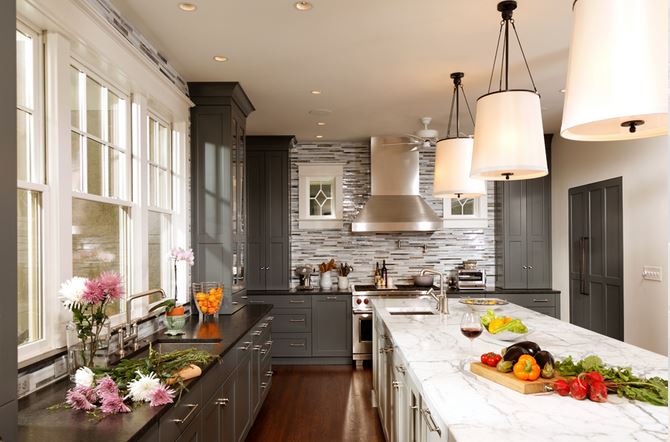 There are a couple of different reasons for that, but the main reason is when the economy is down, consumers want less fuss in their lives and this extends to the design of their new kitchens. When we are so consumed by events beyond our control outside the home, we want our lives inside to be simpler. The other reason is the baby boom generation has done the “fussy thing.” They’ve already lived through the styles of fuss and detail in design and they are, quite frankly, ready for a change.
There are a couple of different reasons for that, but the main reason is when the economy is down, consumers want less fuss in their lives and this extends to the design of their new kitchens. When we are so consumed by events beyond our control outside the home, we want our lives inside to be simpler. The other reason is the baby boom generation has done the “fussy thing.” They’ve already lived through the styles of fuss and detail in design and they are, quite frankly, ready for a change.
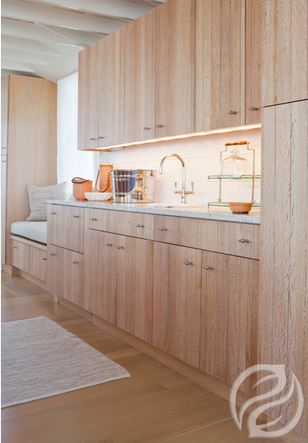
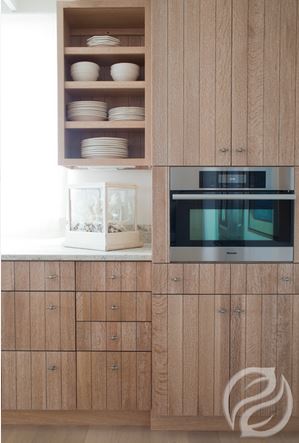 That has lead us to Contemporary. Contemporary is the fastest growing kitchen style in 2014, with 62 percent of designer respondents in the NKBA Design Trends Survey saying it’s on the upswing after ending 2013 in second place. (Transitional maintained a very small lead as the number one look for kitchens in the 2014 survey.) The difference between Transitional and Contemporary? Transitional mixes in some Traditional pieces and design lines and Contemporary is just plain cleaner lines.
That has lead us to Contemporary. Contemporary is the fastest growing kitchen style in 2014, with 62 percent of designer respondents in the NKBA Design Trends Survey saying it’s on the upswing after ending 2013 in second place. (Transitional maintained a very small lead as the number one look for kitchens in the 2014 survey.) The difference between Transitional and Contemporary? Transitional mixes in some Traditional pieces and design lines and Contemporary is just plain cleaner lines.
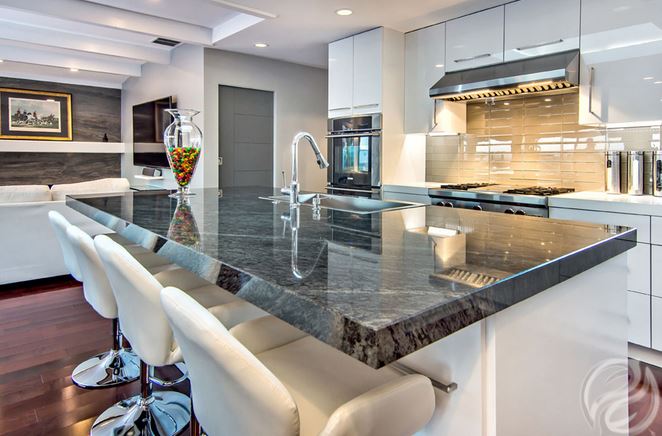 Contemporary is a bit “cold” for some of us though and that is why we are seeing what I think of as “Organic Contemporary.” It is the clean lines of Contemporary, with elements of nature and texture mixed in for warmth. A perfect example of Organic Contemporary – the cabinet company I prefer to work with, Greenfield Cabinetry, recently introduced a European Textured Oak door. It is a flat paneled, slab style door. Yet, it very textured both to the eye and to the touch and the wood adds the depth of warmth often missing from Contemporary styling. Other elements often found in Organic Contemporary are stone (often found in countertops), leather (think cabinetry pulls and now also found in some backsplashes or on floors, yes – floors!) and at times, you’ll find ceramics (often as a backsplash material). While other “proper” styles tend to be more about the lines, I think this style lends a nod to what we all desire in our lives – the warmth and security of home, as in this style we find and celebrate wabi-sabi. The best way to define wabi-sabi is found on nobleharbor.com:
Contemporary is a bit “cold” for some of us though and that is why we are seeing what I think of as “Organic Contemporary.” It is the clean lines of Contemporary, with elements of nature and texture mixed in for warmth. A perfect example of Organic Contemporary – the cabinet company I prefer to work with, Greenfield Cabinetry, recently introduced a European Textured Oak door. It is a flat paneled, slab style door. Yet, it very textured both to the eye and to the touch and the wood adds the depth of warmth often missing from Contemporary styling. Other elements often found in Organic Contemporary are stone (often found in countertops), leather (think cabinetry pulls and now also found in some backsplashes or on floors, yes – floors!) and at times, you’ll find ceramics (often as a backsplash material). While other “proper” styles tend to be more about the lines, I think this style lends a nod to what we all desire in our lives – the warmth and security of home, as in this style we find and celebrate wabi-sabi. The best way to define wabi-sabi is found on nobleharbor.com:
“Pared down to its barest essence, wabi-sabi is the Japanese art of finding beauty in imperfection and profundity in nature, of accepting the natural cycle of growth, decay and death. It’s simple, slow and uncluttered – and it reverses authenticity above all. Wabi-sabi is flea markets, not warehouse stores; aged wood, not Pergo; rice paper, not glass. It celebrates cracks and cervices and all the other marks of time, weather, and loving use leave behind. It reminds us that we are all but transient beings on this planet – that our bodies as well as the material world around us are in the process of returning to the dust from which we came. Through wabi-sabi, we learn to embrace liver spots, rust, and frayed edges, and the march of time they represent.”
The clean lines of Contemporary, mixed with the wabi-sabi of natural and time celebrated elements – is Organic Contemporary.
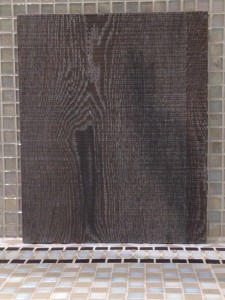
With all of that said – don’t write off Traditional just yet! While parents and grandparents are trending to Transitional and Contemporary, the 20-somethings with means are tending toward Traditionally styled kitchens! And from Euro-Cucina (the International design show held every other year in Milan, most recently in April 2014) we hear over the top Traditional, yes, you read that correctly – over the top Traditional made a strong showing for the first time in decades. Why? The emerging economies of the Asian and Russian markets are impacting design. They value Traditional styling and there is strength in these numbers and emerging economies, enough so that they are impacting style trends.
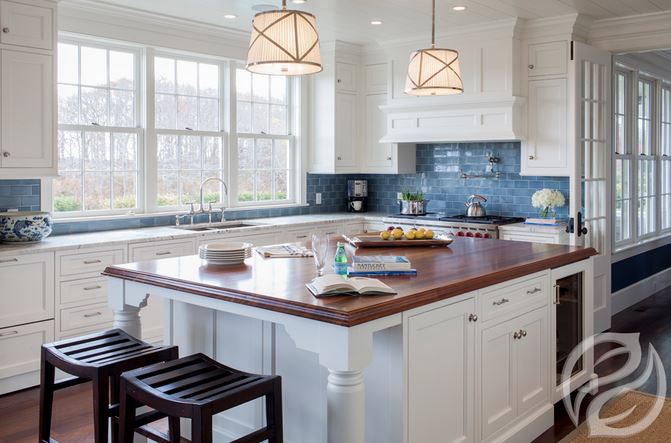 So what direction does the style compass point towards for our future? I am going out on a limb and am predicting that design cues will come from the emerging markets and 20 – somethings and we will see a Traditionally style future.
So what direction does the style compass point towards for our future? I am going out on a limb and am predicting that design cues will come from the emerging markets and 20 – somethings and we will see a Traditionally style future.
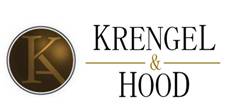

Recent Comments